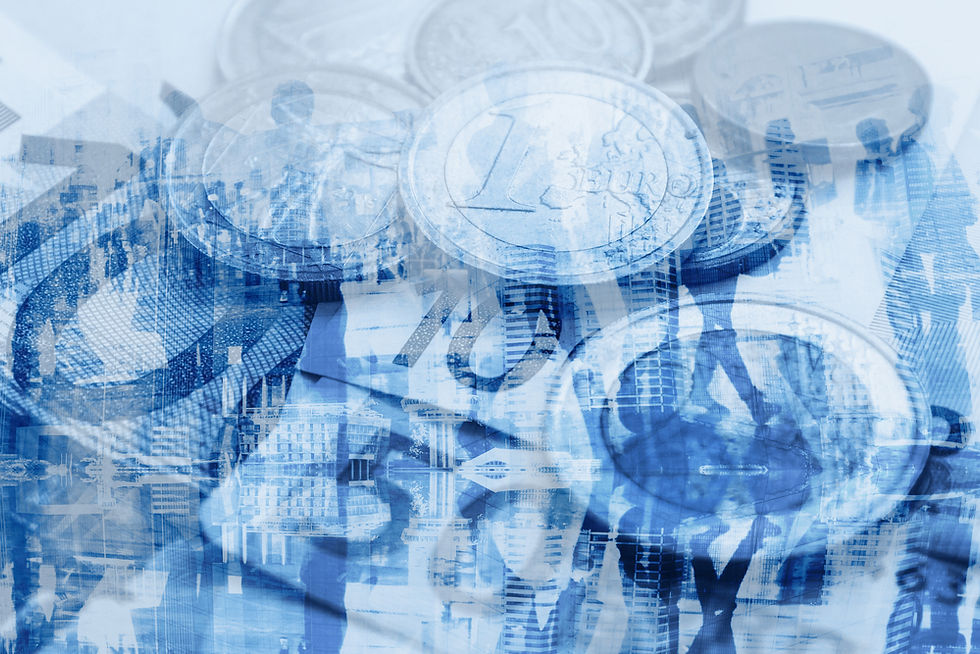Not Another Inflation Post
- NYee
- Dec 16, 2021
- 3 min read

Oh yes indeed, more inflation talk! Gotta give the people what they want (or not). Truth be told, we’ve talked a lot about inflation and it’s sibling, purchasing power, for a long, long time. But why? Hasn’t inflation been a non-event since the financial crisis? We talk (and have talked) about this topic a lot because we view protecting and growing purchasing power as the critical objective for any long-term investing plan.
We’ve recently discussed inflation and purchasing power here, here, and here. Those who know us know this is a very complex topic. We’ve talked about possible sources of sustained inflation. Emphasis on possible. We think it’s imperative to ensure our purchasing power is adequately protected in the event of sustained inflation. We suspect that many investors are not appropriately handicapping that scenario.
What I hope is also clear is that I don’t think we’re heading back to the 1970s when a series of supply shocks (mostly related to oil) over the course of that decade triggered official inflation of 9% per year from 1973 to 1982.(1) But one lesson we can surely learn from the 1970s is that the Federal Reserve will continue to talk down the prospect of higher sustained inflation, regardless of what the official figures say. Yet there is every incentive for the Fed to allow the real-world inflation experience to run ahead of both official inflation readings and interest rates.
I do not think new COVID variants (Omicron included) will change the trajectory. Many of the factors at work are a function of decisions and behavior and trends in the years prior to the pandemic, if not the decades prior to the pandemic. Like other trends (e.g. digital adoption), the pandemic has merely acted as an accelerant.
A few interesting observations from recent reading:
On the Fed’s Approach to Inflation:
“The only thing I know is that it took about three years for Fiat World to be whittled away by the real world in the 1970s. The only thing I know is that it’s highly unlikely for that process to happen any quicker today, no matter what the real-world inflation Truth might be. The only thing I know is that we will be “debating” the “transitory” nature of inflation and the efficacy of the Fed’s “tools” for that entire time. The only thing I know is that this is a debate that the Fed will always win, until an equally powerful institutional structure built around faith proclaims an alternative vision of the world with alternative tautologies and alternative articles of faith.”(2)
On the Fed’s Predicament:
“If inflation ever becomes a more persistent problem, what could the Fed even do? Shock the world and raise rates by 2%? It cannot even do that at the current levels of debt or at these insane valuations for risky assets. The world believes high asset prices are dependent on low interest rates. Our analysis shows they are even more dependent on low inflation, and that is the Fed’s predicament.”(3)
On How to Deal with this Problem:
“In designing this plan, we think it’s important to recognize that inflation has massively eroded the value of cash in almost every society for a simple reason that we believe is unlikely to change in the future: devaluing money is the most politically expedient way to pay for government spending. Therefore, though cash is the safest asset for short-term spending needs, we believe the risk of inflation makes it a suboptimal solution for long-term spending needs.”(4)



Comments